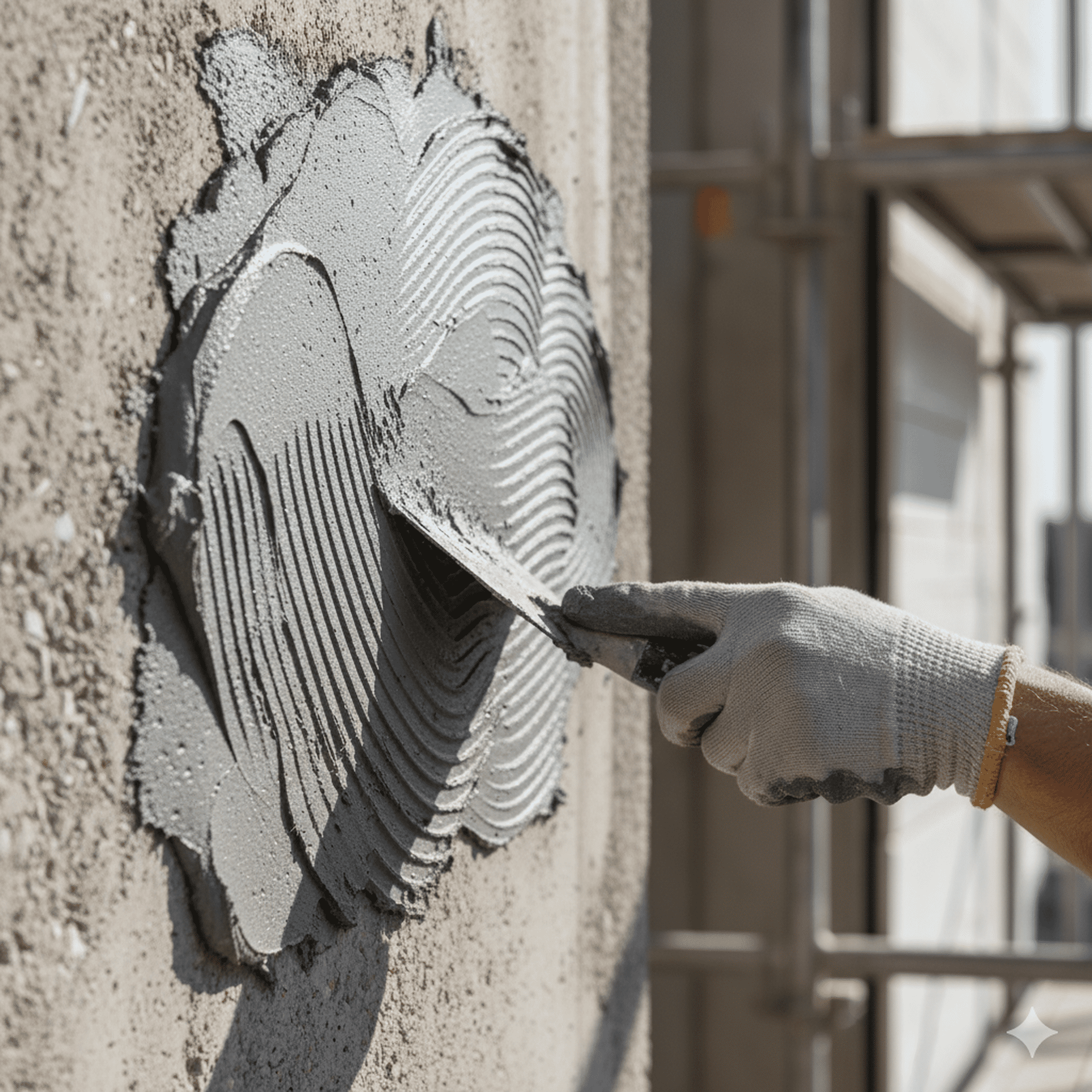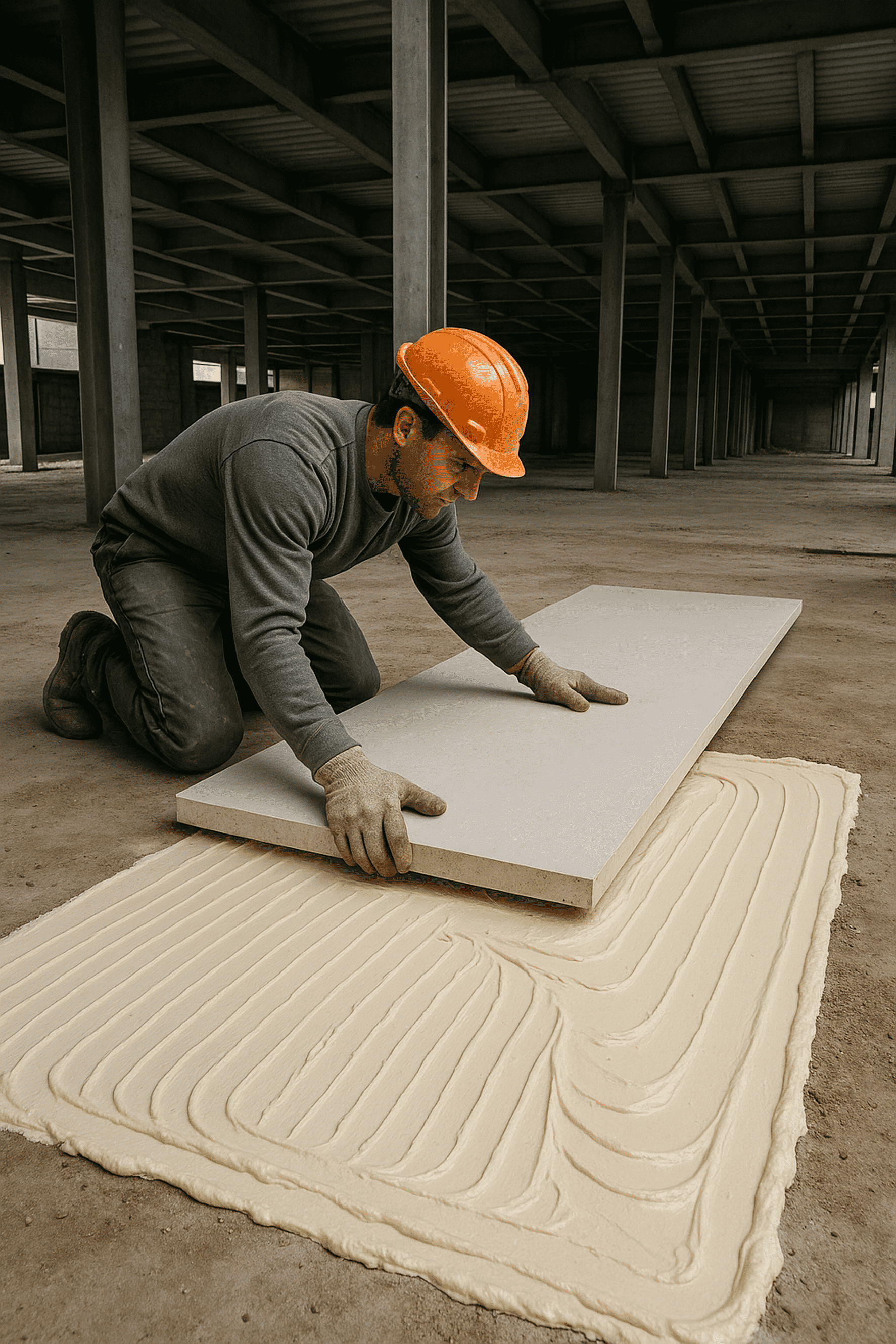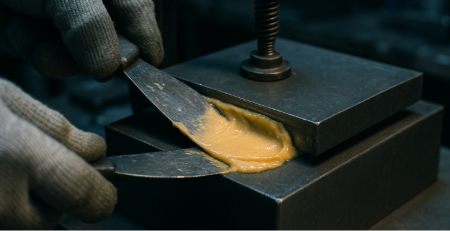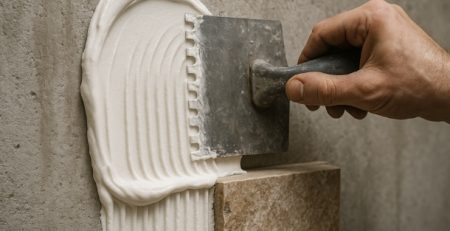MR. JO Tecbond SMV vs SHV – Which High-Strength Adhesive Should You Choose?
When it comes to structural bonding and demanding repairs, not all adhesives are equal. Within the MR. JO Tecbond range, two high-performance options stand out: Tecbond-SMV and Tecbond-SHV.
Both are 100:40 epoxy systems known for exceptional bond strength, high adhesion, and ability to withstand elevated temperatures—yet, they are engineered differently for specific use cases.
So, which one should you pick for your project? Let’s break it down.
1. Viscosity & Workability
- MR. JO Tecbond-SMV (Standard Medium Viscosity)
- Designed with flowability for easy spreading on flat or horizontal surfaces.
- Great wetting properties help in achieving thin, uniform adhesive layers.
- Can be extended with fillers like silica or quartz sand to create epoxy mortars.
- MR. JO Tecbond-SHV (Sag-Resistant High Viscosity)
- Non-drip, sag-resistant formulation, perfect for vertical or overhead applications.
- Works directly as a gap-filling adhesive or repair putty—no fillers needed.
- Maintains position during curing, ensuring precision in difficult placements.
👉 Takeaway: SMV flows and spreads; SHV stays exactly where you place it.

2. Applications
- MR. JO Tecbond-SMV
- Structural bonding of concrete and precast elements
- Old-to-new concrete repairs
- Preparation of epoxy mortars for bulk repair works
- Large area bonding where spreadability is key
- MR. JO Tecbond-SHV
- Segmental bridge bonding & structural assemblies
- Vertical and overhead bonding/repairs
- Gap-filling where alignment is critical
- Quick repairs without additional mortar preparation
👉 Rule of Thumb: SMV for versatility and bulk bonding; SHV for vertical, overhead, and precision fixes.
3. Ease of Use
- SMV requires mixing with fillers for many repair applications, making it more flexible but slightly more labor-intensive.
- SHV is ready-to-use after resin-hardener mixing—saves time and effort, especially for small or difficult jobs.
👉 SMV = flexible and economical for large jobs; SHV = quick and efficient for tough placements.

4. Cost Considerations
- SMV is cost-effective when used in larger projects (especially when extended with sand/fillers).
- SHV may have a slightly higher upfront cost per kg, but saves time, filler cost, and labor in specialized or vertical applications.
5. Strength & Durability
Both Tecbond SMV and SHV deliver:
- High mechanical strength
- Excellent adhesion to concrete, metal, and composites
- Resistance to heat and harsh environments
Performance differences arise not from strength, but from how they’re applied and handled.
6. Decision Guide at a Glance
| Feature / Scenario | Tecbond-SMV ✅ | Tecbond-SHV ✅ |
| Spreadability (flows well) | ✔✔✔ | ✔ |
| Sag resistance (vertical use) | ❌ | ✔✔✔ |
| Sand-extended epoxy mortar | ✔✔✔ | ✔ |
| Ready-to-use putty | ❌ | ✔✔✔ |
| Large surface bonding | ✔✔✔ | ✔ |
| Precision bonding/repairs | ✔ | ✔✔✔ |
| Bulk project cost efficiency | ✔✔✔ | ✔ |
| Time & labor saving | ✔ | ✔✔✔ |
Conclusion – SMV or SHV?
- Go with MR. JO Tecbond-SMV if you need a versatile, economical adhesive that works beautifully for large bonding areas, concrete repairs, or mortar preparation.
- Choose MR. JO Tecbond-SHV if your project involves vertical, overhead, or gap-filling applications where sag resistance and ease-of-use are critical.
In short: SMV gives you coverage, SHV gives you control.












Leave a Reply